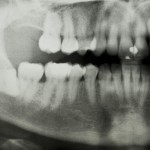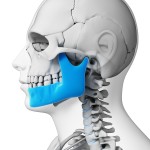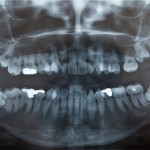
This Cochrane review update of the effects and long-term results of maxillary distraction osteogenesis compared to orthognathic surgery for the treatment of hypoplastic maxilla in people with cleft lip and palate only includes 1 small RCT. The trial suggests that distraction osteogenesis may produce more satisfactory results however the trial is considered to be at very high risk of bias so the findings should be viewed cautiously.
[read the full story...]


